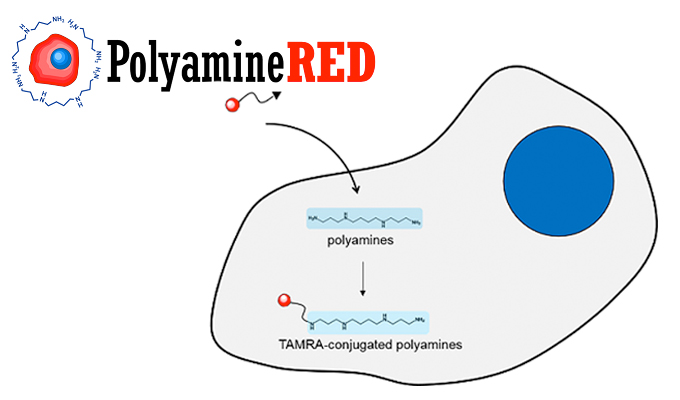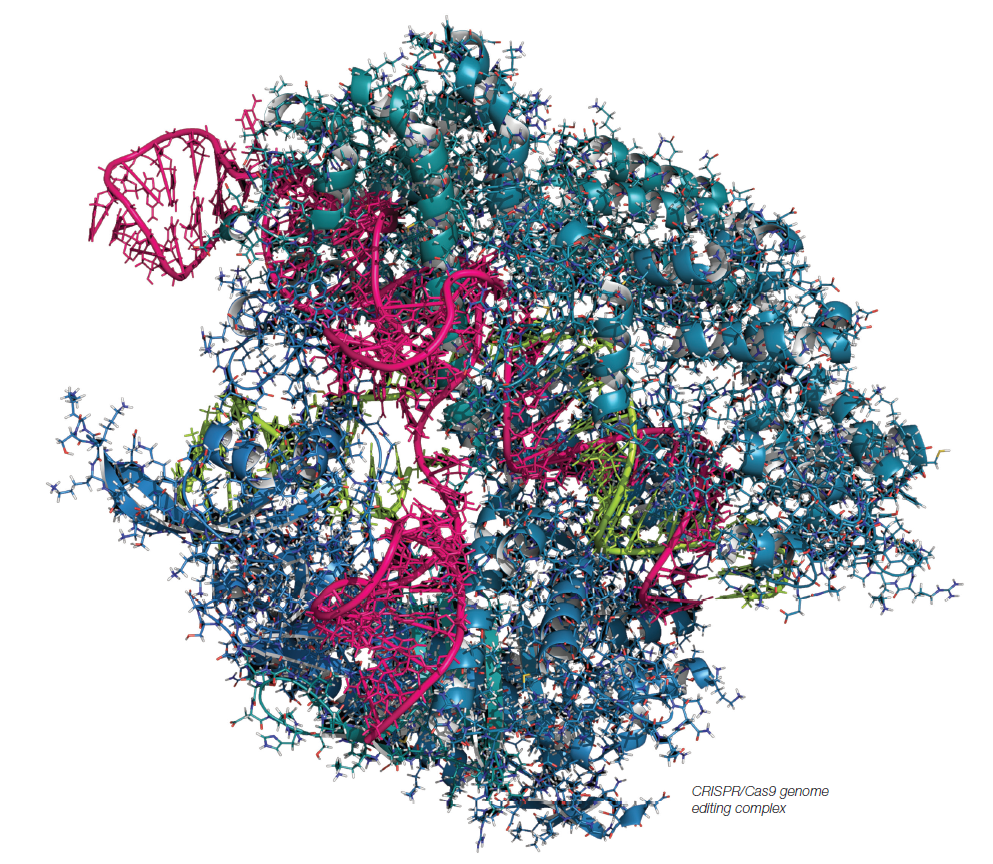Leading on from my previous posts (see below) exploring microRNA detection, overexpression and inhibition, this time, let’s spend a moment on target detection.
miTarget databases
There are many online resources to find the target of a given miRNA, such as:
Provides information about the possible targets for a given miRNA and the theoretical match locations on the target sequences
This database gives a complete description of predicted (with a score) and validated targets for a given miRNA. It’s very useful to get comprehensive information on miRNA targets: what’s done and what’s expected…
Reporter assays
The study of transcriptional regulation using reporter gene expression is common in cell biology research. Recently, new tools have been developed to check promoter activities through a reporter. As each question exacts specific answers, each experimental design needs a specific tool. Let’s take a look at two innovative reporter assays that can help you to know if there is miRNA-miRNA target interaction in your given model in a quantitative approach:
-
Firefly luciferase-Renilla luciferase
Dual luciferase system (Firefly/Renilla) is very useful for one-shot experiments (to check the status of the reporter at a given time: like a snap-shot of what’s going on in the well). It requires cell lysis, so it provides information of the miRNA interaction at one given time.
Basically, the vector is transfected inside a cell with a target mRNA sequence attached to that of firefly luciferase. If endogenous miRNA matches the inserted mRNA target, there is degradation of the dimmer and loss of the firefly luciferase signal. As it is a dual system, efficiency of transfection is monitored through Renilla luciferase signal (independent of miRNA expression).
-
Gaussia luciferase-Alkaline Phosphatase
Gaussia/SEAP can provide time-course information (it’s like a video of what’s happening in the well) as the reporters are secreted to the culture medium and only supernatant is used (keeping cells alive for later time points). SEAP levels are not sensitive to the miRNA machinery, thereby representing a readout of the transfection level. Loss of luciferase signal, mediated by the action of endogenous miRNA against the mRNA code fused to the luciferase, can be normalized thanks to SEAP activity in the supernatant. You can find vectors with this structure here.
Coming soon… In the final post in this series we’ll be looking at Global miRNA profiling. In the meantime, leave your questions or comments below!





